You have /5 articles left.
Sign up for a free account or log in.

Andry Djumantara/iStock/Getty Images Plus
Plant scientist Elizabeth Haswell, professor of biology and Howard Hughes Medical Institute–Simons Faculty Scholar at Washington University in St. Louis, is leaving at the end of the fall term for something outside academe—she’s not sure what yet.
She’d been thinking about making a change for a “really long time,” she said, though in retrospect, “a lot of it was subconscious.”
“When you get tenure, it’s kind of like Stockholm syndrome,” Haswell mused. “You have worked so hard and sacrificed so much to get it that then you cannot let yourself admit that it’s actually not worth it. And so you just keep telling yourself that there are these parts of the job that are great, which is of course true—there are parts of the job that are fantastic. And you just focus on those and downplay all the rest of it.”
Then, she said, “Maybe the pandemic just made it impossible to keep up that story anymore.”
‘I Feel Miserable’
It’s still too soon to determine to what extent the COVID-19–era Great Resignation has impacted the higher education faculty: there’s no national survey to reflect current faculty departures or the reasons behind them. Bureau of Labor Statistics data do show a decline in postsecondary instructor employment between May 2020 and May 2021 (1,369,930 versus 1,340,560, respectively), but 2022 data aren’t yet available. The American Association of University Professors’ annual faculty salary survey report shows a slight 0.6 percent dip in overall faculty head counts between fall 2019 and fall 2021, with bigger declines at associate and master’s degree–granting institutions, but of course this doesn’t reflect faculty departures happening now. There is also another possible explanation for the 2021 numbers: pandemic-era layoffs, which are still happening on some campuses.
Institutional-level data on faculty departures, where publicly available, tend to be similarly delayed, and not indicative of program-level staffing concerns.
While clear data are elusive, there is emerging evidence that institutions are seeing greater-than-usual faculty turnover. According to Inside Higher Ed’s 2022 Survey of College and University Chief Academic Officers, 19 percent of provosts say faculty members are leaving at significantly higher rates than in the past. Sixty percent say they are leaving at somewhat higher rates. (The percentages were larger for questions about staff turnover.)
There’s additional evidence that many faculty members are suffering from burnout, which tends to affect once highly engaged employees, and which is a leading driver of resignations across sectors. Nature’s 2021 salary and satisfaction survey of scientists (nearly two-thirds of whom work in academe) found that 37 percent of midcareer researchers, in particular, were dissatisfied with their current position, with 24 percent being extremely dissatisfied with their opportunities for career advancement. Thirty-four percent of midcareer researchers also said they were unhappy with the amount of time they have for research, and 41 percent said that organizational politics or bureaucracy frequently or always frustrated their efforts to do a good job.
A joint Inside Higher Ed/College Pulse survey found that students noticed professors were showing signs of stress this past spring. And academic journal editors report that faculty burnout is making it much more difficult to find volunteers to peer review article submissions.
Personal resignation anecdotes and announcements are also plentiful on social media and in faculty circles: Haswell is just one of many professors to share that the pandemic has made her rethink her job. Some report leaving one college or university for another, where they feel they’ll be better supported. Others, like Haswell, are leaving academe altogether.
Victoria Wobber, a career consultant who helps Ph.D.s transition to work in the tech industry, said she’s seen more faculty members come her way this year than ever before. Some have doubts as to whether they’re “allowed” and “qualified” to leave academe, since they’ve “been in this one world for so long.”
“My answer is, folks are both allowed and qualified,” Wobber said. “Ideally, folks would choose to stay in faculty roles instead of just staying out of inertia.”
The academic career consultancy The Professor Is In, which has a long history of helping Ph.D.s try to secure jobs within academe, started a private Facebook group in late 2020 for scholars trying to transition out of academe instead, based on apparent need. The group now has 27,300 members. A separate but related crowdsourced document maintained by The Professor Is In invites scholars to anonymously share basic information about themselves and why they’re leaving. That document, which had about 170 unique responses in mid-May, now has more than 450, about half of them from tenure-track and tenured professors.
Scanning the document, patterns emerge: professors say they’re leaving due to institutions’ pandemic responses, low pay, expanding job duties coupled with lack of support, mental and physical health concerns, burnout, toxic cultures, and discrimination. Here are a few examples:
- “Overworked, underpaid, undervalued. All time eaten with service, no time for research. Too much stress for a job with no lives on the line.”
- “Salary, toxic work environment, unsustainable work load, and no control over teaching load/dissertation load.”
- “Unremitting workload 70+ hrs per week, poor leadership & top heavy administration, devaluation of faculty, employees as commodities vs. resources; all=burnout.”
- “Stress, mental health, salary/funding, found unfulfilling.”
- “Determined that I could not successfully (or at least not in any healthy way) be both a mother and an academic at the same time. It would have been possible, but untenable. Tired of the lack of security and the faux-collaboration. Tired of the unpaid service/labor.”
- “Burnout. I have accumulated 6 months of paid time off (sick and vacation) and have no way to take it. I worked while I had COVID and returned to in person teaching despite having long COVID symptoms. Inability to move up. Abusive colleagues and administration (and students). Sexual harassment. Zero work life balance. The bottom line—my job makes and keeps me sick.”
- “Burnout, overwhelmed by students needs and no support to address needs that prevent learning, feeling like the university is exploiting me and them.”
- “Burnout/moral injury; shift of institutional focus away from learning and research to cranking out as many graduates as possible; bullying and harassment; glorification of bad actors; constant budget cuts.”
- “Burnout and disillusionment. I thought academia was about science, but I am realizing that it is actual about the scientific establishment. And the scientific establishment is not an organization I feel happy in.”
- “Racism, microaggressions, implicit bias.”
- “I feel like it’s killing me. I feel miserable.”
‘Depleting the Topsoil’
Back in 2017, the pre-pandemic Before Times, Haswell wrote an essay for eLife arguing for making faculty work more sustainable.
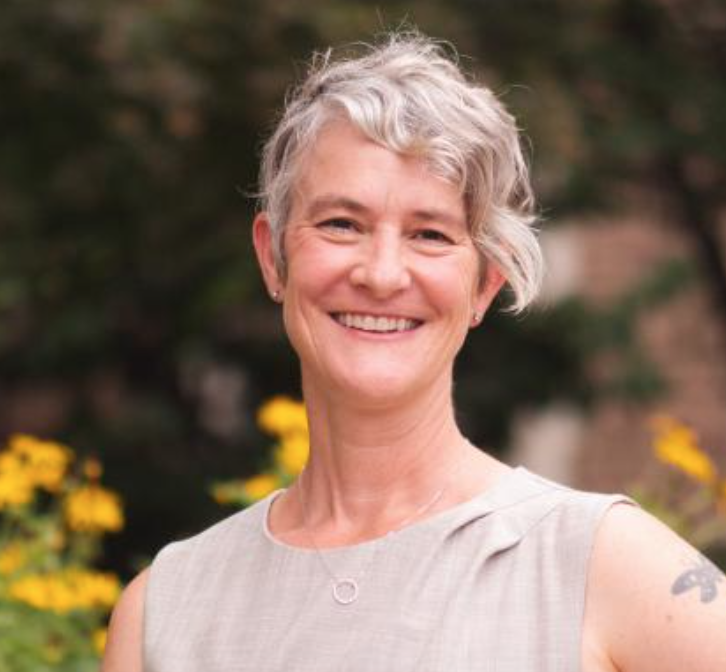 Drawing parallels to sustainable agriculture, Haswell wrote in the piece, “Like the topsoil on a farm, a scientist’s ability to produce thoughtful and creative teaching, research and service must be protected in order to ensure long-term productivity and to prevent damage to the ecosystem.” Too often, she continued, “we sustain constant productivity with the inorganic fertilizers of coffee and wine, and generate toxic run-off like negativity, competition and self-doubt. (I leave for a different essay the topic of pathogenic publishing practices).”
Drawing parallels to sustainable agriculture, Haswell wrote in the piece, “Like the topsoil on a farm, a scientist’s ability to produce thoughtful and creative teaching, research and service must be protected in order to ensure long-term productivity and to prevent damage to the ecosystem.” Too often, she continued, “we sustain constant productivity with the inorganic fertilizers of coffee and wine, and generate toxic run-off like negativity, competition and self-doubt. (I leave for a different essay the topic of pathogenic publishing practices).”
Proposals for preserving the “topsoil” included rejecting the idea that every professor has to do all the jobs of a professor—teaching, research, service—in favor of a “biodiverse” model in which faculty members follow their passions and strengths to more efficiently fulfill the needs of the program as a whole. Haswell also wrote that professors were being buried by what’s been called “shadow work,” suggesting that more administrative support in this area could end up paying for itself via increased faculty productivity, innovation and well-being.
Haswell wrote that she hoped this was “just the beginning of a longer conversation about creating truly sustainable academic lives, institutions and research communities.” It wasn’t: people viewed the essay in the thousands, but institutions weren’t changing in any meaningful way. And then COVID-19 came along and made existing problems worse—or, to use Haswell’s metaphor, further depleted the topsoil.
“There were so many more things to do and to keep track of, and we were exhorted at every twist and turn to have grace for the students—and that is right, we should absolutely have done that,” she said in a recent interview. “But there was nothing in there to take care of us. You know, somebody said to me the other day that they had been told that part of part of inclusive teaching is including the teacher in the care—I’d never heard that before.”
Ultimately, Haswell said, “It became clear that the institution did not love me, and I think I just fell out of love with it.”
‘I’m Going to See What Else Is Out There’
Education scholar Scott J. Peters, professor of assessment and research methodology at the University of Wisconsin at Whitewater, is finishing up his 13th and final year there. Come fall, he’ll work at Northwest Evaluation Association. The research-based education nonprofit is located in Oregon, but Peters will work remotely, allowing him and his family to stay in Wisconsin—a work arrangement that’s become much more common during the pandemic.
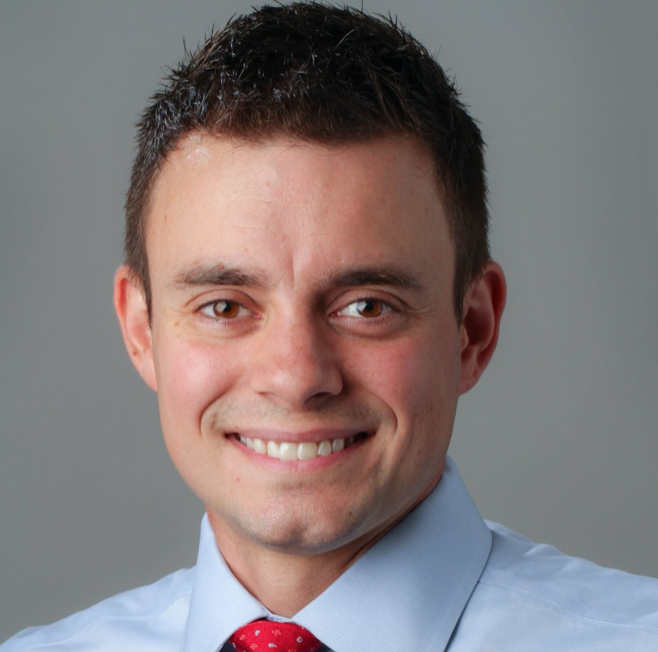 Peters said that he didn’t rule out staying in academe following his departure from UW Whitewater, but also said that he had “grown more skeptical” of it, “especially in teacher education. So much of teacher training is very stagnant. There isn’t enough innovation and there’s a lot of resistance to change.”
Peters said that he didn’t rule out staying in academe following his departure from UW Whitewater, but also said that he had “grown more skeptical” of it, “especially in teacher education. So much of teacher training is very stagnant. There isn’t enough innovation and there’s a lot of resistance to change.”
“I won’t miss the bureaucracy and the huge devotion of effort to logistics and just keeping the lights on” in academe, Peters told Inside Higher Ed. “There are so many things in academia that are designed to prevent work from getting done—everything from program revisions to the peer-review publication process. Every time I had an idea for a project or something innovative, the first thing that came up in response were all of the barriers and reasons why it couldn’t happen. That always really bothered me.”
What will Peters miss about academe? The students, he said, “and the sense that I’m helping create teachers that in turn will help K-12 kids. This was the hardest part in deciding to leave—the sense that I was abandoning K-12 students who I could help.”
Several other professors who spoke with Inside Higher Ed about leaving their institutions this year said leaving their students was the most difficult part of the decision. In some cases, the promise of teaching and mentoring kept professors in academe—but at new institutions, where they hope their work will be more sustainable.
Economist Jadrian Wooten, a teaching professor at Pennsylvania State University, is moving to Virginia Tech this summer. Why leave? “The workload kept getting bigger and bigger and bigger,” coupled with spending and hiring freezes, he said. (One of Wooten’s biggest concerns was that his typical student load per term jumped from about 850 before COVID-19 to a would-be 1,300 in the fall.) 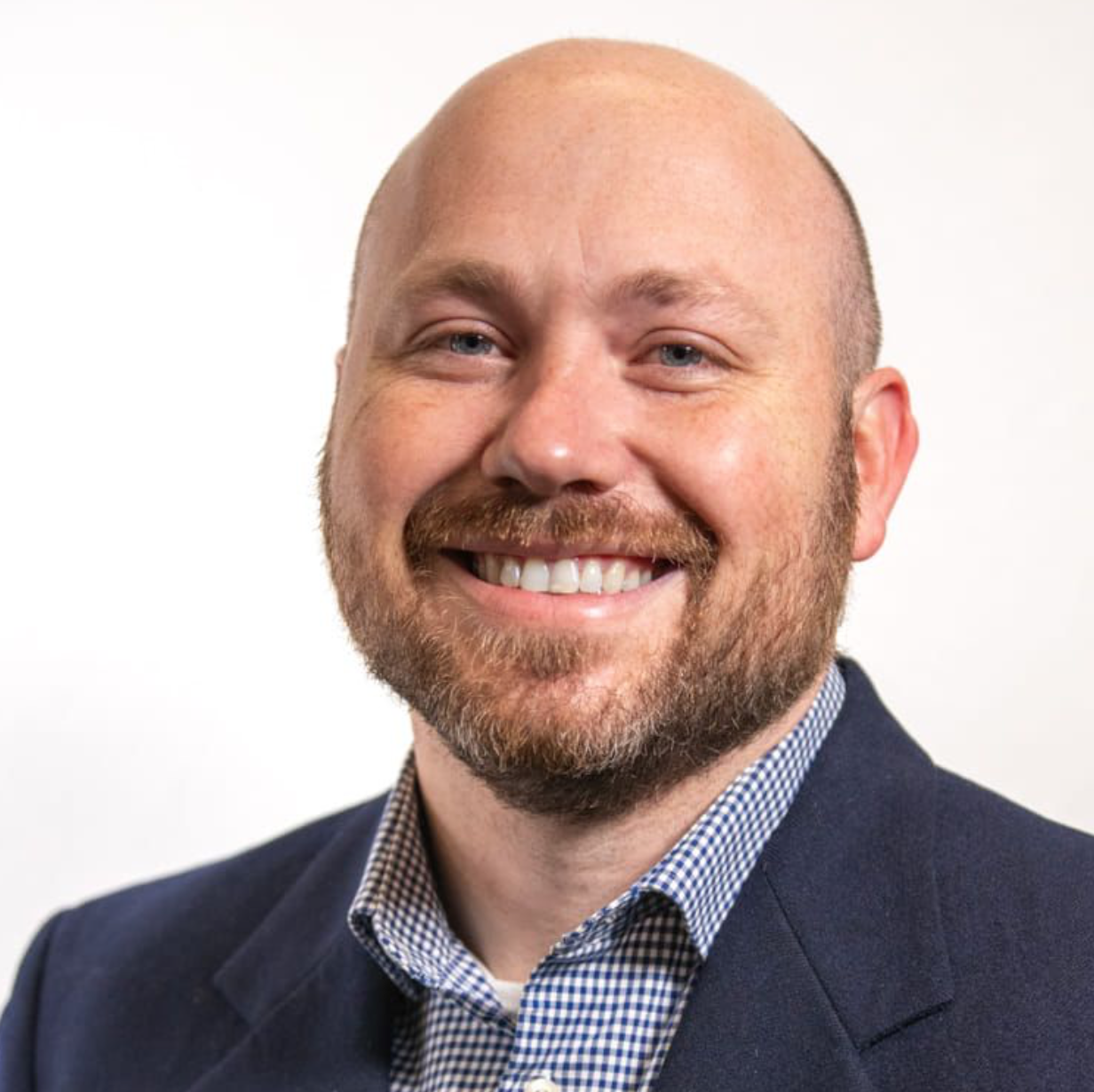
“Just a combination of things kind of really hit this past year,” he said. “And that was the moment where I was like, ‘You know what, this isn’t really worth it. And I’m going to see what else is out there.’”
Virginia Tech became very appealing when search committee members started talking about the importance of work-life balance in an initial interview, Wooten said. “I was like, ‘Whoa, that’s not normally how these academic things start.’ But they were very up front about that: ‘You only have so much time, and you should spend time with your family, and teaching is part of your life, but it’s not like there aren’t other parts.’”
Wooten also appreciated that the initial interview committee included non-tenure-track professors like him, as well as tenured and tenure-track professors. A course-load reduction and a significant pay increase sealed the deal.
“Their initial offer was more than what I was getting paid,” Wooten said.
He added, “I think a lot of times that when faculty are treated better, that flows down to the students, as well.”
Climate and ‘Fit’
Apryl Alexander, associate professor of psychology, is one of three tenured Black professors reportedly leaving the University of Denver this year over concerns about campus climate and workload inequities, including those related to the invisible service labor that women and faculty members of color have been shown to disproportionately shoulder. In an interview last week, Alexander said that she was directly recruited by her soon-to-be colleagues at the University of North Carolina at Charlotte—and that while she’s ready for a change, the decision to leave her students was challenging.
“I still haven’t gotten to the point where I’ve considered leaving academia entirely,” she added. “One of the greatest joys of my work in my career is working with students and supporting students.”
As for what convinced Alexander to leave Denver, she said she preferred to discuss systemic issues affecting faculty members—and especially faculty members from historically marginalized groups—across academe. 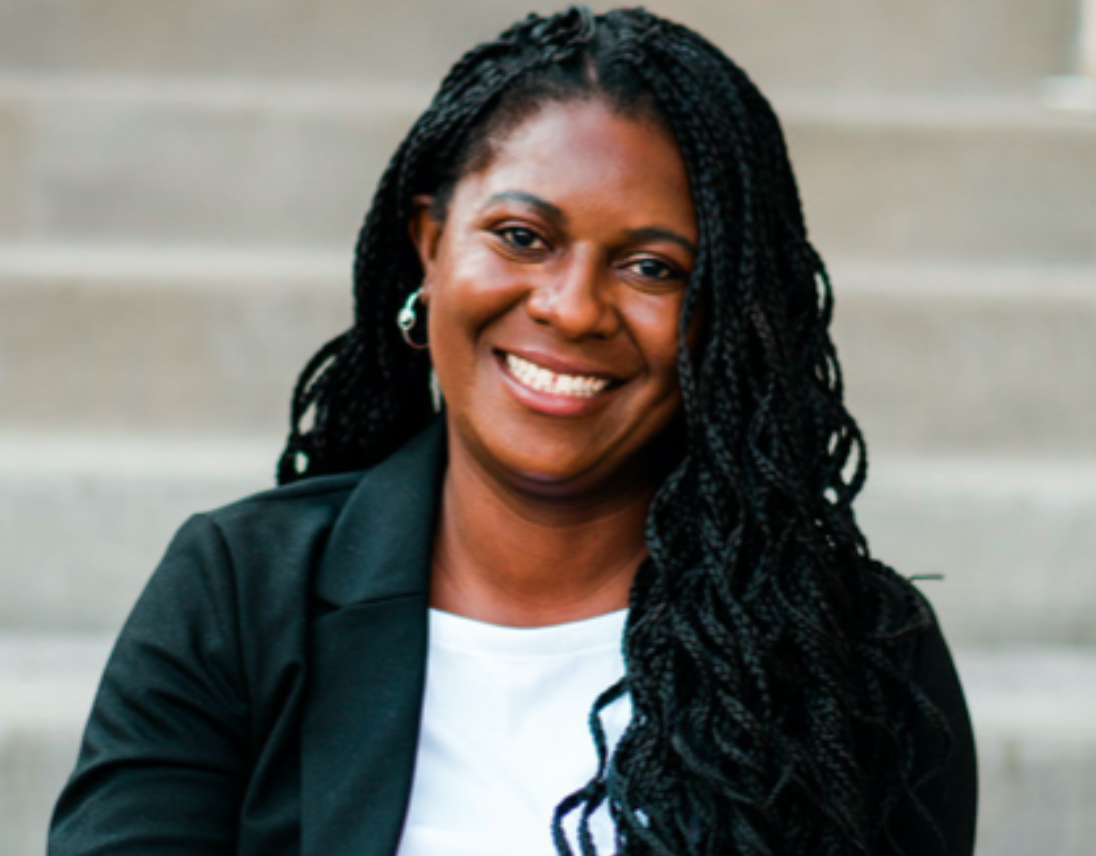
“The pandemic exacerbated pre-existing inequities in our educational system and victim services,” she said (Alexander studies violence and victimization). “So if we extend that to academia, there were often messages coming into some of the spaces that I was in that ‘you have to do more with less.’ Well, there are certain populations who were already going above and beyond what was expected of them. So once again, historically marginalized groups—like women, like faculty of color, LGBTQ faculty and staff—were already doing more, and then the expectation was increased. And if we process what some people labeled as the parallel pandemic of racism, after the murder of George Floyd, there were all sorts of committees and task forces and special events, and who was doing all of that extra labor? It was faculty of color.”
More “transformative leadership” is needed to hold institutions accountable to their commitments to diversity, equity and inclusion, she also said.
After Alexander was encouraged to consider UNC Charlotte, she said, she started researching the department, with a special emphasis on climate: climate for professors of color, for students and for community-engaged scholars like her.
It seemed like a “fit.”
“People are more mindful of what they need at this time,” Alexander said, expanding on the idea of fit. “COVID-19 taught us a lot about ourselves, what we need and what we value, and so I think people are more mindful of that during this Great Resignation.” (Alexander acknowledged that the UNC system reported a spike in faculty and staff turnover last June, which administrators have largely attributed to the pandemic, and which others have linked to pre-existing issues and the Chapel Hill campus’s then-fresh handling of the Nikole Hannah-Jones tenure case.)
Denver isn’t the only institution to see faculty members of color leave in a public way this past year. Hamilton College in New York lost multiple professors of color, including Mariam Durrani, an assistant professor of anthropology who posted a public resignation letter on her office door, prompting a student-led teach-in about climate issues for nonwhite faculty, students and staff members. Durrani did not respond to an interview request through her website, but she’s publicly discussed her experiences, including in a Twitter thread that begins, “As one of the 9 profs resigning from Hamilton, I’ve been very public about my departure after years of institutional inaction following multiple requests for support in the face of targeted digital harassment by the ‘academic’ faction of white supremacist networks within [Hamilton].”
If faculty members of color make up disproportionate shares of resignations, this moment could have significant implications for institutions’ diversity goals.
In response to questions about the Hamilton resignations, Stephen Stemkoski, director of human resources, said in an emailed statement that the college has historically seen “overall strong retention of faculty and staff, though a wave of Baby Boomer retirements and the ‘Great Resignation’ have initiated more than the usual number of opportunities for new employees to join our community. Reasons for leaving over the past year varied from personal and family reasons to scholarly pursuits or retirement with no single reason for leaving being dominant. Given the current employment trends nationwide, we continue to explore new ways for Hamilton to be a great place to work—diverse, inclusive and equitable—for every employee.”
Jon Stone, a spokesperson for Denver, said that faculty numbers continue to grow, and that 59 percent of the university’s new tenure-line faculty this year identify as people of color. Issues of workload equity and invisible labor have been a “central focus” for Provost Mary Clark, who has led an “imperative in this area and has worked with many faculty and deans on these matters and also met with groups of students to hear their concerns,” Stone also said.
Pay and Politics
Karen Kelsky, founder of The Professor Is In, said that she sometimes suggests academics try another institution before leaving academe entirely, to see if they can find some “relief.” The risk, she said, is that it’s very hard to escape “the systemic collapse of the political and economic model of higher education.” Economic concerns include continued funding cuts, salary stagnation and disappearing benefits, she said, while political factors include legislative incursions into the curriculum in many states, surveillance by politically motivated student groups and “increasingly activist boards, who are censoring faculty and not backing up the faculty.”
COVID-19 only put additional pressures on faculty members, Kelsky said, as “They were asked to move classes instantly online, and almost worked themselves into the ground doing so—and did it with a sense of, ‘We’re doing this for the greater good.’” But then professors discovered “that there was no or little extra compensation for all of that labor, and no real support,” including for working parents. Finally, “there was the insistence on going back [to campus], and the lifting of the mask mandates, which then meant that you weren’t just being exploited, overworked and underpaid, you were literally being put into harm’s way. It was moral injury and literal injury.”
On pay: according to the AAUP’s recent faculty salary survey, real wages for full-time faculty members fell 5 percent this year, accounting for inflation, making for the largest one-year decrease on record since the AAUP began tracking this measure in 1972. Average salaries for full-timers also fell below Great Recession levels in 2021, with the average salary falling to 2.3 percent below the 2008 average, adjusting for inflation.
In one example of how this may be contributing to faculty departures, Vickie Shields, provost at Nevada State College, recently told The Nevada Independent that while faculty searches at the ever-growing college used attract 40 to 50 applicants, now, depending the discipline, some attract “maybe one applicant.” Several faculty members reportedly attributed this trend to inflation, especially rising housing costs, outpacing faculty pay.
Christine Beaudry, associate professor of social studies education and vice chair of the Faculty Senate at Nevada State College, told Inside Higher Ed last week that compensation “has been rapidly outpaced by inflation and rising costs of living. The Las Vegas area has seen one of the most significant percentage increases nationwide in housing costs, with prices nearly doubling since 2017. This poses real challenges for recruiting and retaining faculty, both academic and administrative, who may not be able to afford housing and other living expenses on wages that, when adjusted for inflation, have fallen below 2008 levels.”
“Unfortunately,” Beaudry added, “many existing and prospective faculty may be facing tough decisions about whether they can reasonably afford to live here on current salaries.”
It’s not just the cost of living that may be driving professors away from certain areas. Haswell, who has a transgender family member, said she’s not just looking to leave academe but also Missouri, whose Legislature this year introduced a record number of anti-LGBTQ bills, including some seeking to limit medical care for trans youth.
In this sense, Haswell isn’t the only academic political refugee of sorts: many faculty members are growing increasingly uneasy with state-level legislation targeting LGBTQ people and even how race and gender are taught. One new law in Florida, for example, allows students to film professors without their permission in order to lodge a free expression–related complaint against them, while another bans the teaching of critical race theory in the classroom. Yet another new Florida law links violations of the so-called Stop WOKE Act to large financial penalties for institutions.
State-level bans or new restrictions on abortion following last month’s U.S. Supreme Court decision overturning the 1973 Roe v. Wade ruling are another concern. Following the decision, Bryan Williams Jones, associate professor of ophthalmology and visual sciences at the University of Utah, said on Twitter that he was now “on the open market. A well funded, internationally successful scientist is accepting offers from academia and industry in order to leave the state of Utah, taking my team of neuroscientists if they chose to leave with me. I will not endanger my team.” One submission to The Professor Is In’s crowdsourced document explains the decision to leave academe like this: “Multiple miscarriages and my state passed a heartbeat law.”
Tenure is under threat in a new ways in Texas, Georgia and Mississippi, among other states, as well.
Will Institutions Take Note?
Despite all these signs, it’s unclear whether academe as a whole will pay attention—or be forced to pay attention—to faculty departures during the Great Resignation. The factors driving professors away now may have been exacerbated or fully revealed by the pandemic, but they aren’t necessarily new, meaning that institutions have ignored them for many years already. Institutional inertia is real and, at least where faculty satisfaction is concerned, enabled by the academic labor market that is so favorable to colleges and universities and not the scholars seeking the shrinking share of stable faculty jobs. Ph.D. admissions contracted somewhat due to COVID-19, but not to the extent that it would end the glut of Ph.D.s seeking faculty jobs (and many Ph.D. candidates’ graduation timelines were delayed during the pandemic, meaning that they’ll be on the job market later than planned). Moreover, colleges and universities are dealing with a suite of other crises, including student mental health, all as a recession looms.
One area of possible acute shortages is postdoctoral fellows in the sciences: many labs are hiring for these positions, and some report being unable to fill those slots. Tom Kimbis, executive director of the National Postdoctoral Association, said that this issue “is anecdotal today, but the number of anecdotes is increasing. What is clear is that many postdoctoral researchers historically have suffered from inferior salaries and benefits compared to their peers. Recent macroeconomic conditions have brought this to the fore, especially as postdoc candidates are presented with higher-pay options from industry unavailable in academia. Postdocs and postdoctoral candidates are facing tough choices and voting with their feet.”
Kelsky said that she’s not an optimistic person, and that she doesn’t believe higher education will meaningfully respond to the current faculty departures, “because I think we’re in a retrenchment, not in a growth period, and it requires growth and resources and openness. We’re the opposite of that right now.”
That said, what would meaningful change look like? Kelsky, a former tenured professor herself, said there a “million examples” of what it doesn’t look like: “Come to a workshop at five o’clock on Friday to learn about work-life balance.’ Or, ‘You’re all overworked, so here’s a coupon for 10 percent off a meditation class.’ These ideas are ridiculous and people are disgusted and they’re just not taking it anymore.”
Change, she said, “has to be real, concrete relationship-building. Real sitting down, one-on-one or in small groups, and saying, ‘What do you need? We don’t have unlimited funds. We all know that. But if there was one thing that would make your life better, what would it be? And we’re going to try to provide it.’” Kelsky continued, “I think that if people felt that there was even a good-faith effort to be listened to,” coupled with accountability, “it would go so far.”
She said one her own “formative leaving-academia experiences,” years ago, involved administrative cutbacks for the foreign language programs she worked in. While Kelsky very much understood that there was a budget crisis, she said, “What I couldn’t tolerate—what I couldn’t stomach—was the dean holding these quote-unquote town halls and telling us how this was going to be better for us. It still makes my stomach churn and turn over with nausea, the doubletalk. You know, Ph.D.s are very intelligent people. We’re critical thinkers, and you cannot bullshit us.”
Sustainability and Stability
Only 22 percent of respondents to Inside Higher Ed’s most recent survey of provosts agreed that their institution “very effectively” recruits and retains talented faculty. Provosts were also lukewarm on whether their institutions had taken clear steps to address faculty burnout.
A few institutions are experimenting with flexible work policies, which employees across sectors increasingly want. Rutgers University, for one, last month announced the Rutgers Future of Work initiative, based on recommendations from the university’s Future of Work Task Force. Short-term changes include allowing eligible employees to work off campus for at least two days a week starting Sept. 1. For those who can’t work remotely, the university says it will explore emergency caregiver support programs and more flexible work schedules.
Regarding faculty members, in particular, President Jonathan Holloway has said, “It is my unambiguous expectation that faculty teach, train, advise and mentor in person.”
Asked for details about the plan, Rutgers said that Holloway appointed the task force a year ago to explore lessons learned during the COVID-19 pandemic.
“The president affirmed that Rutgers is meant to be an in-person, face-to-face university community with campus walkways, academic buildings, libraries, dining halls and student centers busy with activity, but that we also need to heed the lessons of the past two years and the creative ways in which we took advantage of technology to perform work effectively amid the tremendous challenges of the pandemic,” Dory Devlin, university spokesperson, said. “This initiative has been an opportunity to engage our university community to reimagine how we work as employees, how we interact and connect as colleagues, and what we value as individuals.”
Rebecca Givan, associate professor of labor studies and employment relations at Rutgers and president of the university’s AAUP- and American Federation of Teachers—affiliated faculty union, said that “in general, in all fields, people are evaluating whether what they’ve been sacrificing for their careers and for their employers is worth it.” And while flexible work policies hold promise, those in play at Rutgers were not vetted by the union or developed via typical shared governance channels, she said, underscoring Holloway’s guidance that professors teaching, train and advise in person.
It’s therefore an “open question” as to whether the initiative will make a difference, Givan said. “In my opinion, the opportunity to work remotely should come from operational and programmatic needs.” In the case of a student-facing staff member, for instance, she said, it may not make sense to mandate that the employee comes to campus three days a week in order to Zoom or call students who prefer that kind format over a face-to-face meeting.
Management consultant Christine Spadafor said that “any kind of organization needs to have a focus on retaining their best employees for sustainability and for stability.”
The place to start, she continued, “is really looking at the employee holistically, looking at their overall well-being—financial well-being, mental health, social well-being and physical well-being. And if there are policies to support that, and are lived—not just on paper—then employees feel that.” (Fair pay and salary transparency go a long way, as well, she said.)
On the other hand, employees notice if “they’re just sort of a tool to an end,” Spadafor said. “And in the Great Resignation, that’s not good enough for them anymore. Employees have more power now than they have in a long time.”
“Toxic environments stem from the culture,” Spadafor added. “You get the culture right, you will see an improvement in retention. What I’ve also experienced and observed with some of my clients is that when you have that kind of healthy, welcoming culture, when things get a little bumpy, people don’t run for the exits. They sign up to help solve the problem.”

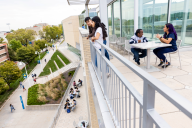







.jpg?itok=sZ1Pn-fP)